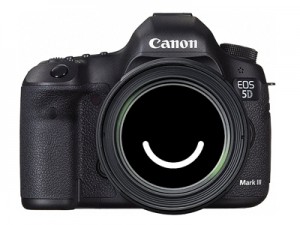I haven’t had the best last week, first I killed of my PC and had to reinstall everything, and then I even got sick. So today I only did a quick edit of one of my photos from Basel, and I’m going to rest now.
This is a HDR from 4 exposures, created in Oloneo Photoengine, with a 5th exposure blended in to remove the ghosting. You may find it strange that I used ISO 1600 for this, but that was a mistake. I was taking the faster exposure for the boats, and I changed everything back, just not the ISO. But surprisingly, the amount of noise was quite manageable :)
 .
.















